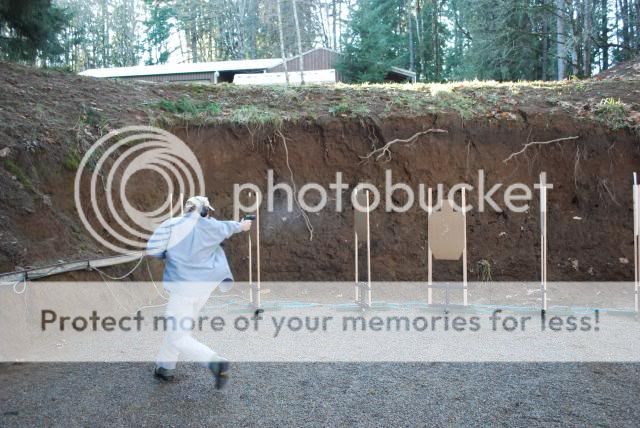The effect is that you can see that amount of angular dispersion more easily as the target is further out. Very close targets tend to disguise it and give the shooter an unrealistic sense of development.The difference between a target at five yards and one at twenty five is the effect of the angular dispersion of the shots.
Which is what I was getting at. If close range targets allow even people shooting without sight acquisition to group decently, why would anyone think that the same close target is good for developing sighted shooting?-and on the ability to shoot before acquiring a sight picture.
I'm not insisting everyone should be shooting at 25 yards, but if you can't keep your shots within 4" at 7 yards when using the sights, there is something fundamentally wrong that suggests going back to basics with slower, more carefully aimed shots and dry fire practice.



